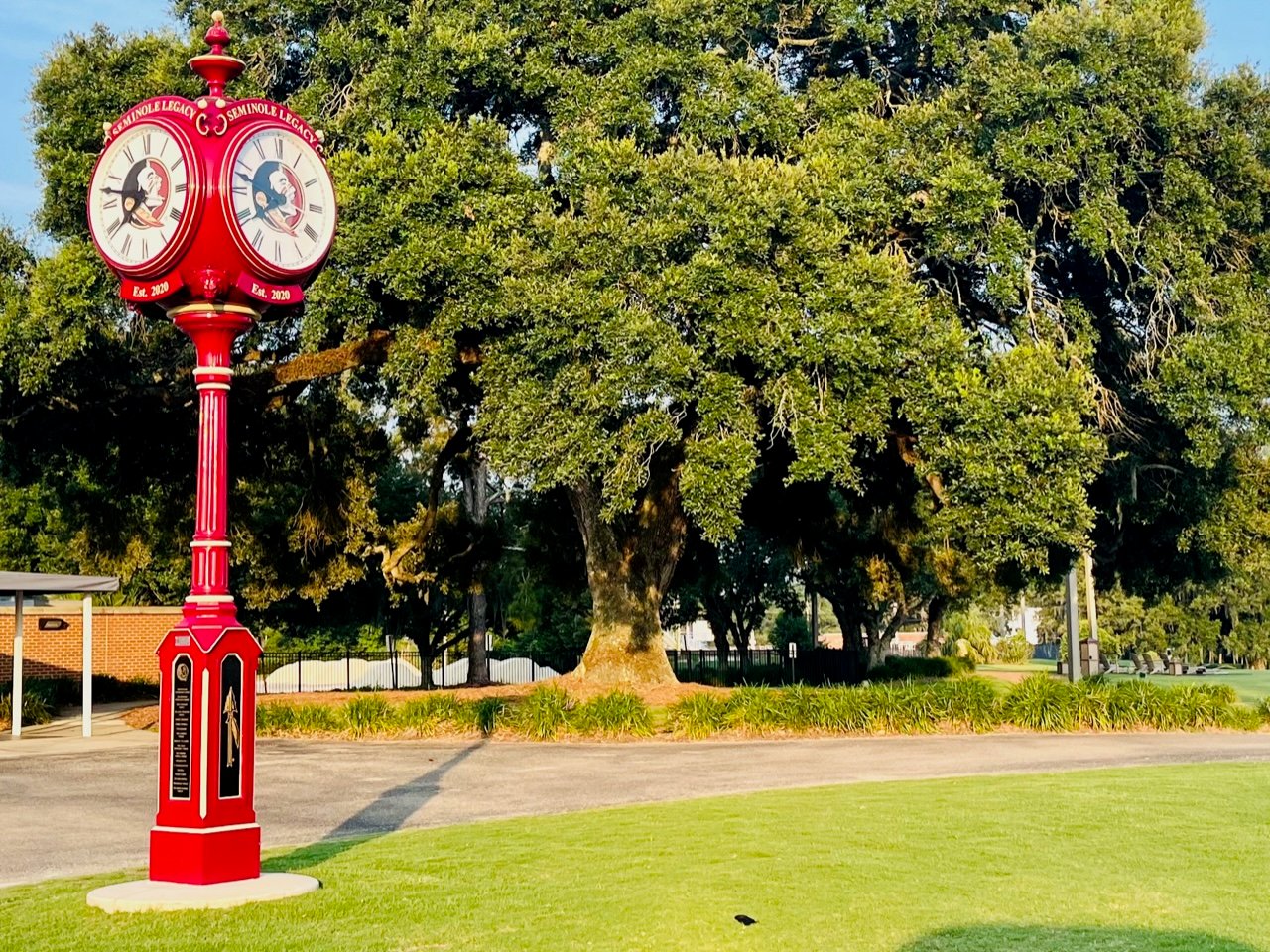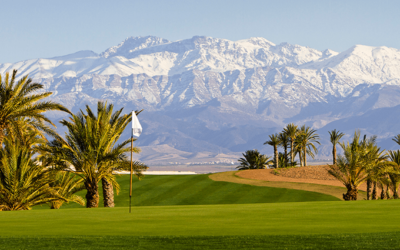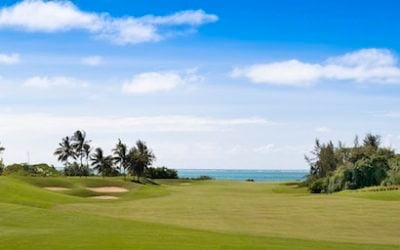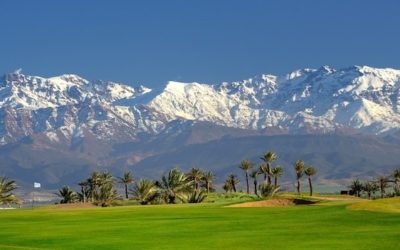Judging by the nomenclature, golf has long been linked to the avian world. The tradition began perhaps with the featherie and was reinforced by such terms as birdie, eagle and albatross. So it’s not altogether surprising that the Canary Islands are proving a popular destination for golfers who flock there in great numbers, especially in the winter months when the weather is remarkably benign.
However, visitors hoping to see loads of little yellow birds chirping merrily from the clubhouse roofs will be disappointed as the name is derived from the Latin “Insular Canaria” meaning Island of the Dogs. It is believed the dense population of an endemic breed of large and fierce dogs was the characteristic that most struck the ancient Romans who landed here back in the BC days. Although the nasty dogs are no longer around, it might nevertheless be as well not to climb over any fences to retrieve even a moderately new ball.
Possibly kept awake by constant barking, the Romans never really settled in the Canaries and left colonisation to the Spanish, who took control in the 15th century. They encountered several indigenous populations living at what is described as a Neolithic level of technology – hickory shafts and all that sort of thing.
East of Morocco
Horatio Nelson, no less, launched an attack on the islands on 25 July 1797 but was hit by a musket ball. He had his badly broken right arm amputated, sustained his only ever naval defeat and suffered the indignity of having his handicap adjusted upwards.
History lesson over, let’s move on to geography. The seven volcanic islands that together comprise the Canaries lie just off the north-west coast of Africa. The nearest to the mainland is a little less than 70 miles from the coast of Morocco. Tenerife is the biggest, most populated Canary Island and boasts the highest peak, Mount Teide, which dominates the island and is the third largest volcano in the world. Don’t worry, it’s a very long time since the last eruption and none of the volcanoes on the Canaries poses an imminent threat.
The ever-present breezes, year-round sunshine and average temperatures of around 23 degrees Celsius (75 degrees Fahrenheit) not only provide a near-perfect climate for golf but are also why Tenerife is often referred to as the ‘Island of Eternal Spring’. The combination of ideal weather and suitable topography goes some way to explaining why so many quality courses have sprung up on the island, mostly on the south and south-western coasts.
If you grab a window seat on the left-hand side of the plane, you should spot the first of these as you swoop in to land at the main airport, Tenerife Sur. This is Golf del Sur, the first course to open in the south of the island (1987), the only one in Tenerife boasting 27 holes and, uniquely, has every bunker filled with black volcanic ‘sand’. There are three nine-hole loops – the North, South and Links – and three possible combinations to make up your round. The North has the best views, the South is regarded as the most difficult and the Links is the most popular because it runs closest to the sea.
Son of Grand Canyon
Impressive statuesque pines help give definition to all three and there is a Jurassic Park quality to some of the volcanic areas scattered throughout. And there’s also an extraordinary geological feature running alongside a few of the holes on the North that resembles a scaled-down Grand Canyon beyond which lies the airport and an island shaped like Gibraltar.
The club operates a two-tee start from eight in the morning through until noon, which is the most popular period. In winter, if you go as a two, you’ll be joined by another two as only four-balls are allowed. If you want a quieter round, tee off later in the day when the course is less busy.
Nearly three quarters of the members are British, and visitors who fancy their chances are invited to join in their competitions, which are held nearly every day.
Anti-Clockwise on the TF1
Although the temptation is to hang around the main tourist destinations in the south where there is pretty well everything you want, including most of the golf courses, brave souls who venture further afield will be rewarded with magnificent scenery and a better appreciation of what the island is really like. So hire a car and drive round the ‘ring road’ that circles the island and you will then be able to claim you’ve seen Tenerife. Go anti-clockwise on the TF1, which is mostly two-lane motorway, and you’ll have the mighty Atlantic on your right and the majestic Mount Teide on your left the whole way.
Driving all the way round the island takes about three hours but we’re going to break our journey several times to tee it up on some really remarkable courses. The first of these is in the north-east of the island close to the island’s other airport, Tenerife Norte. Real Club de Golf was founded in 1889 and migrated to its present site in 1932. Not only is it therefore comfortably the oldest club in Tenerife, it’s one of the oldest in Spain. Unlike all the others on the island, it’s not next to the sea. But don’t let that put you off because it’s a real gem.
Golf’s Rich Heritage
Two-thousand feet above sea level no less, it’s significantly cooler and, because it enjoys considerably more rainfall, it’s a lot lusher than the others. In fact, with its old-fashioned straight fairways, modest length and almost English parkland feel, it’s an altogether different experience.
Essentially a members’ club, it doesn’t ordinarily receive many visitors. Nor does it bother with a start sheet or booking system, so just turn up and you’ll be made extremely welcome. And if you’ve a feel for the traditions of the game and appreciate golf’s rich heritage, you will surely love this unashamedly old-fashioned club with its historic clubhouse full of glorious mementos and photos of a bygone era. And look out for the tractor (circa 1950) which is now gently resting and rusting close to the fourth hole.
Back on the road we carry on anti-clockwise as the highway progressively shrinks along the craggy northern coast. About an hour after leaving Real Club de Golf we arrive at the sleepy town of Buenavista on the north-western tip of the island. Like all the others in Tenerife, the course is well signposted and you’ll soon be appreciating the stunning view from the modern clubhouse and admiring a glorious chunk of real estate that slopes gently downhill to the crashing Atlantic rollers. Look behind and the Teno mountain range provides what appears to be a vertical backdrop.
Designed by Seve Ballesteros, Buenavista opened in 2003 and seven years later hosted the Ladies European Tour. Seve’s daughter Manolo attended the 10th anniversary celebrations. A balanced lay-out with six par threes, six par fours and six par fives, scoring is made more difficult by the constant sea breeze which can play havoc with club selection. There are so many outstanding holes it’s almost invidious to single out any but the 10th is worth the airfare on its own, as is the 15th and the… STOP! They’re all wonderful. Periodically taken down to the sea, you should pause whenever you can to soak in the view and absorb the beauty of the waves thundering into the rocks below.
The Hairiest of Hairpins
As well as the soothing sound of the sea, you’ll also hear plenty of twittering (in the old-fashioned sense of the word) from the 30 or so species of birds that flitter about. Although there are indeed canaries, the one to really look out for is the Osprey which, when the sea’s rough, will go for the easy pickings to be had in the well-stocked ponds scattered around the course. Far from being angered by this wanton theft, the golf club is thrilled to feed this honored guest. Human guests are made to feel just as welcome at the club’s own hotel, which lies alongside the fourth hole.
Although most definitely not for the faint hearted, the mountain road that heads due south out of Buenavista is as dramatic as the course that disappears rapidly below. A succession of the hairiest of hairpin bends lifts you ear-poppingly quickly up the side of the Teno Mountains to a height of approximately 3,500 feet where, thankfully, you gratefully level off onto a wide plateau before descending gently onto the west coast road.
Our next stop is Costa Adeje (pronounced adecky), just to the north of the lively party towns of Las Americas and Los Christianos. This course was built on what was formerly a banana plantation, which is perhaps why it’s so easy to slip up here! The evident terracing is an unusual but rather attractive feature. Be careful if you take a buggy that you heed the warning signs and don’t topple over the top of a terrace. Although the fall’s only a few feet, it’s enough to do serious damage.
Tiers But No Tears
There are several tiered greens echoing this terraced theme that resemble the metaphorical marble staircase where putting is extremely precarious. Don’t be put off as this is a truly gorgeous course which weaves down to the sea in delightful style and is a memorable challenge.
Just a few miles further south is lovely Las Americas, the last stop on our circumnavigation of the island as we’re now only a few miles from where we began. With masses of beautiful flowers, gorgeous water features, generous fairways and super-smooth greens, it’s a thrill from first tee to final green. Eminently walkable and hugely enjoyable, it’s a stunningly pretty parkland layout that is fairly forgiving but, with water featuring on no fewer than eight holes, is certainly capable of drowning your hopes of a decent score. Ducks, geese and swans add to the delightful atmosphere but, somewhat sadly, the resident ostrich was thrown off the course and into a bird sanctuary for repeatedly nicking golf balls. Now canaries wouldn’t do that!
Why We Like It
Because they lie so far south, the common misconception about the Canaries is that they are very hot. They’re not. A combination of wind off the sea and a cooling Atlantic current keeps the temperature around a very pleasant 25C (75F) pretty well all-year round. Very occasionally the wind blows the other way and in from the Sahara, which can make life pretty uncomfortable. But that happens only rarely. Add spectacular scenery and top-quality courses to this pleasant climate, and you have an awesome combination.
 Golf writer Clive Agran, 65 and a journalist for more than 40 years, Clive Agran still wonders what he’ll do when he grows up. Nicknamed ‘Silky Swing’, he travels the globe looking for the world’s best golf courses.
Golf writer Clive Agran, 65 and a journalist for more than 40 years, Clive Agran still wonders what he’ll do when he grows up. Nicknamed ‘Silky Swing’, he travels the globe looking for the world’s best golf courses.

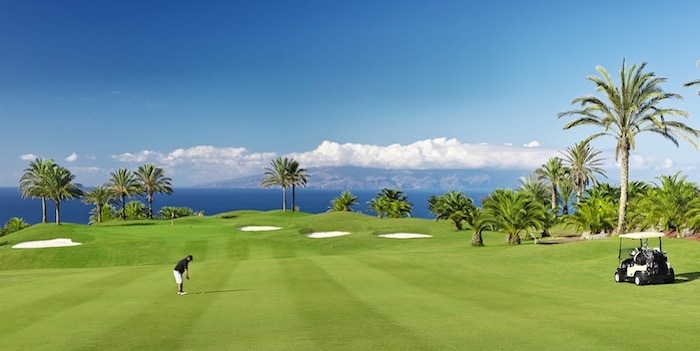






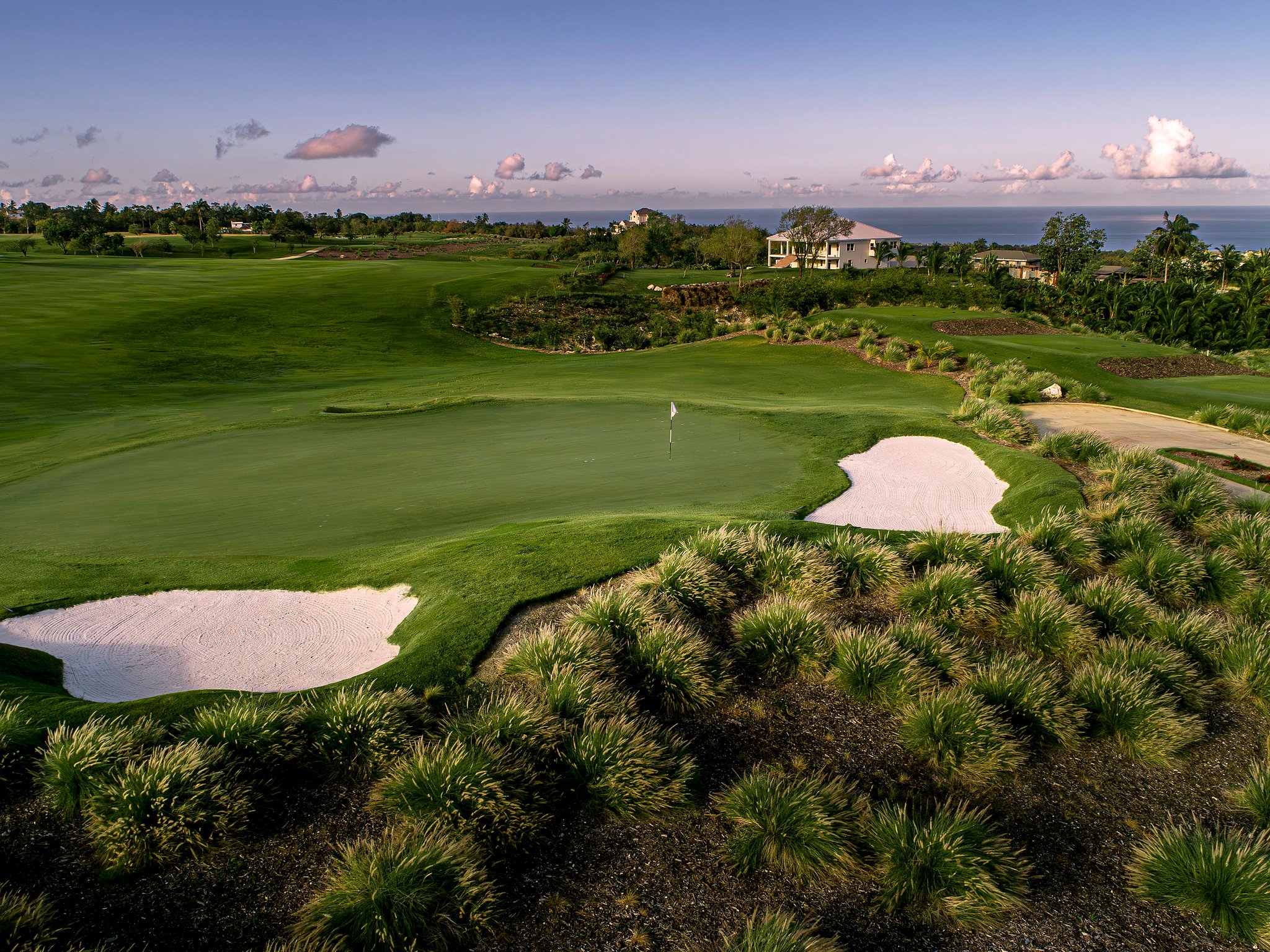
 0
0
